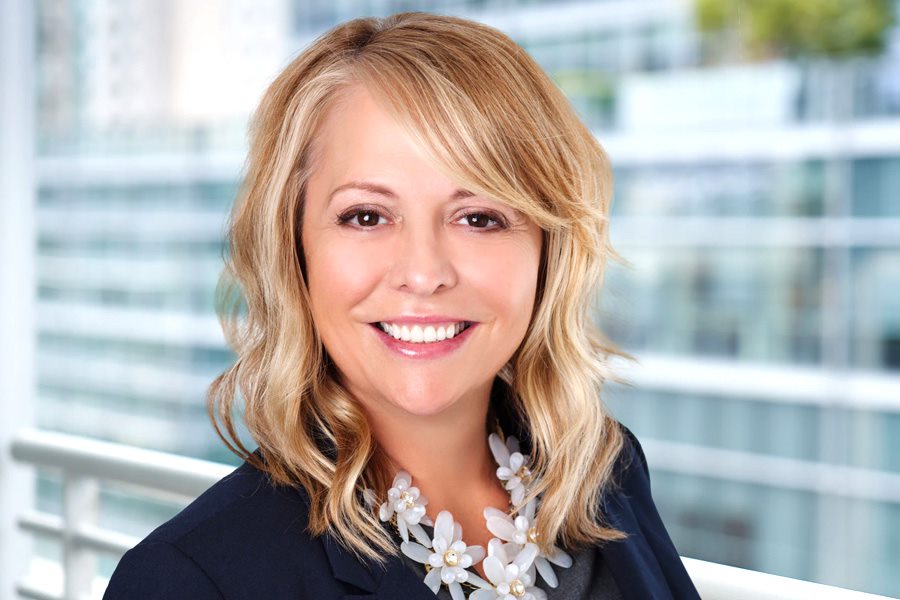

After years of financial advisors resisting the move into the digital age, Schwab Advisor Services is starting to see significant adoption of some core technology.
According to data collected in 2022 from 14,000 registered investment advisors using Schwab as a custodian, 98% of firms are using digital money movement tools, while another 97% are using Schwab Alliance, a client-facing website for clients to access account information and approvals. Eight in 10 firms are now using digital client onboarding, an area that has been a thorn in the industry’s side for some time.
Remembering when adoption of digital money movement was closer to 20%, Jalina Kerr, managing director of client experience at Schwab Advisor Services, said she’s pleased to see adoption rates climbing in 2022.
“I’ve been in the industry for a long time, and that’s pretty impressive,” Kerr said.
The data comes from Schwab’s tech adoption dashboard, which the firm launched to both gain more insight into how advisors are using the various tools in the Schwab technology ecosystem, as well as show advisors how they compare to their peers in terms of adoption. These results represent the first full year of data captured by the dashboard, Kerr said.
Why haven’t advisors taken advantage of digital client onboarding as much as they have embraced other tools? The workflows are more complicated, and some larger firms are waiting for Schwab to add in certain types of accounts that aren’t currently supported, Kerr said. There is much greater utilization among smaller firms.
There’s also just old-fashioned inertia, Kerr added. “Change is hard and sometimes people tend to revert back to their old ways of doing things. You have to have a plan to root that out, especially at these larger firms.”
Getting advisors to embrace these digital workflows isn’t just about use technology for technology’s sake. It can have measurable impact on both the advisor’s practice and the world.
For example, Schwab processed 4.2 million digital transactions in 2022, saving an estimated 20.8 million pieces of paper.
Advisors onboarding new clients with paper forms have about 31% return as not in good order (NIGO). That number drops to 4% when using digital onboarding. Moving money manually has a 38% NIGO rate, while digital money movement with eAuthorization has just 5%. Overall, Schwab claims its digital tools prevented 800,000 NIGO transactions in 2022.
However, eAuthorization is one area where adoption among advisors is still lagging, Kerr said.
“It’s the safest and securest way to transact with us,” she said. “We have to continue to educate advisors on the value on including the client on that process. Safety of those assets is tantamount to success with the client.”
To improve adoption, Schwab has eliminated the $15 fee associated with using eAuthorization to approve transactions. Paper authorization firms still cost $25.
Schwab’s annual RIA Benchmarking Study found that advisors embracing digital tools saw a 12.5% decrease in annual hours spent on client operations, while the top performing firms spent nearly 20% less time.
That saved time allow advisors to provide additional value to clients, which will be increasingly important if markets continue to be difficult in 2023, Kerr said.
“Clients want more. They want more value, they want additional services, but they don’t want to pay more for them,” Kerr said. “Having a really savvy approach can really serve has a bulwark against the storm or the volatility that might be coming at these advisers.”

Rajesh Markan earlier this year pleaded guilty to one count of criminal fraud related to his sale of fake investments to 10 clients totaling $2.9 million.

From building trust to steering through emotions and responding to client challenges, new advisors need human skills to shape the future of the advice industry.

"The outcome is correct, but it's disappointing that FINRA had ample opportunity to investigate the merits of clients' allegations in these claims, including the testimony in the three investor arbitrations with hearings," Jeff Erez, a plaintiff's attorney representing a large portion of the Stifel clients, said.

Chair also praised the passage of stablecoin legislation this week.

Maridea Wealth Management's deal in Chicago, Illinois is its first after securing a strategic investment in April.
Orion's Tom Wilson on delivering coordinated, high-touch service in a world where returns alone no longer set you apart.
Barely a decade old, registered index-linked annuities have quickly surged in popularity, thanks to their unique blend of protection and growth potential—an appealing option for investors looking to chart a steadier course through today's choppy market waters, says Myles Lambert, Brighthouse Financial.
